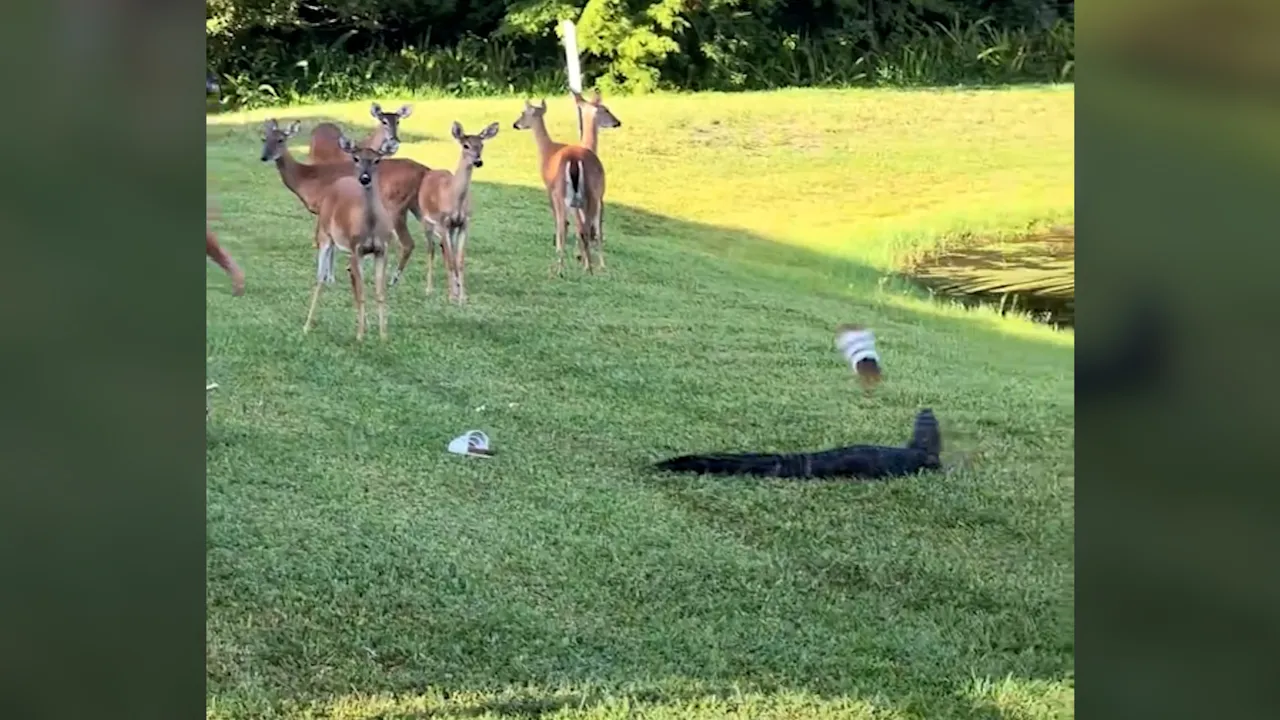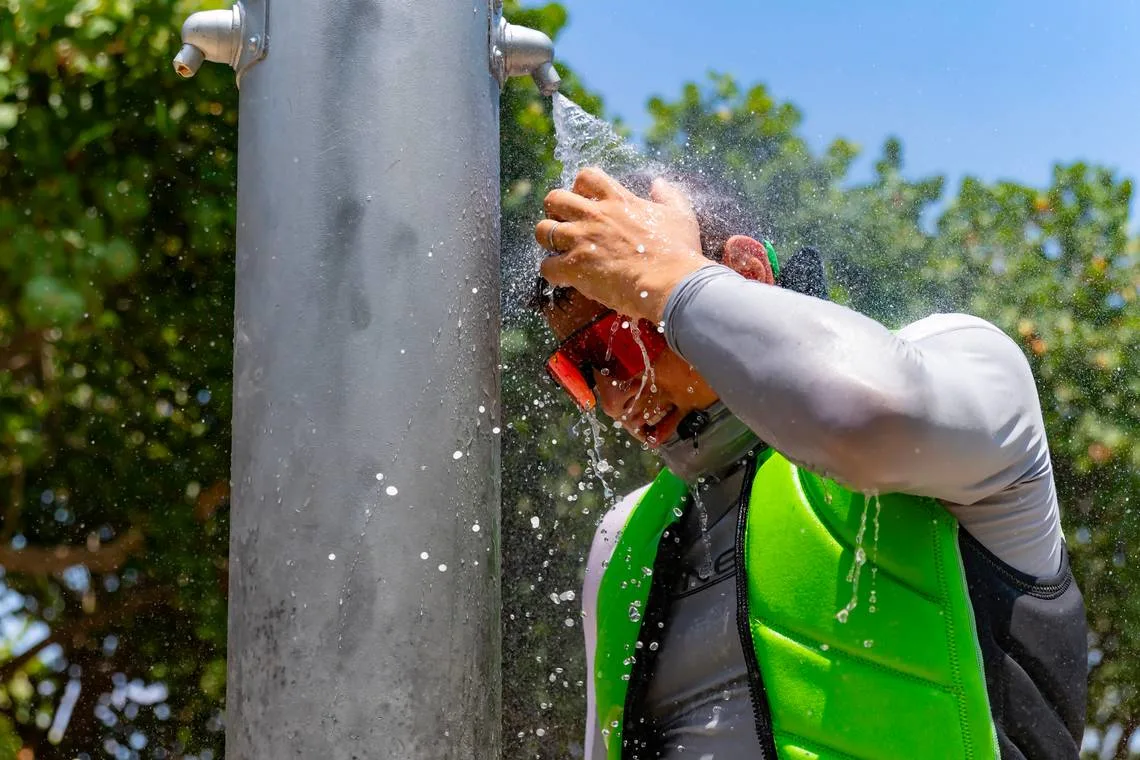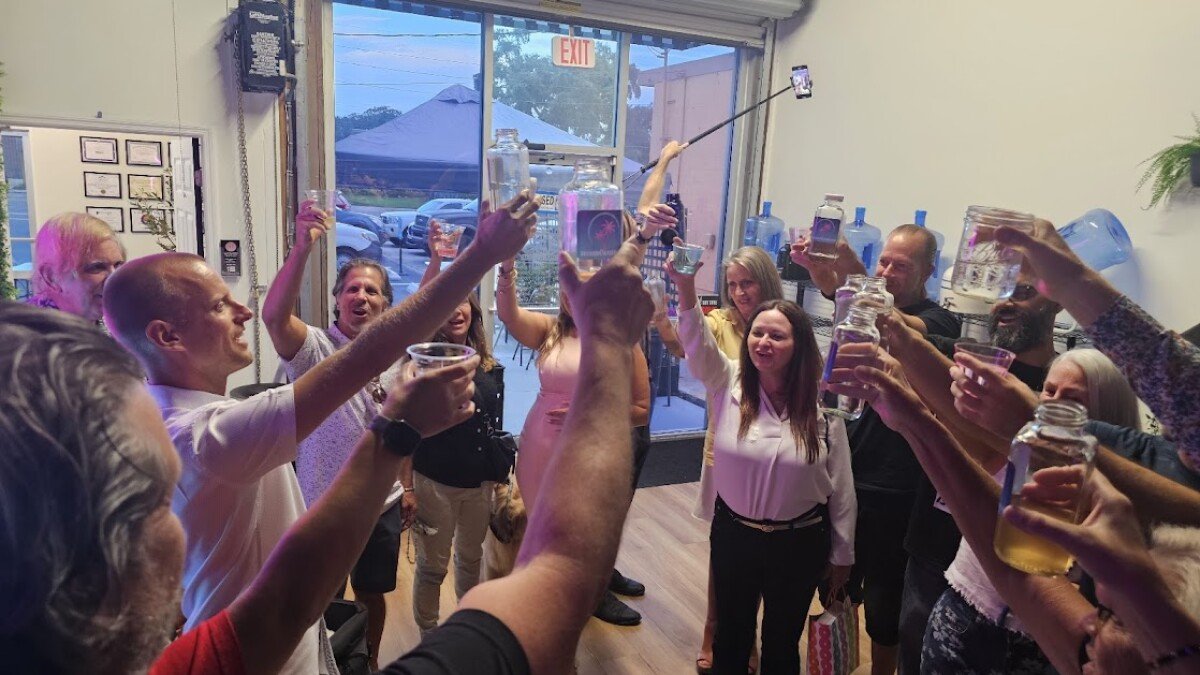ILLINOIS — The Illinois Department of Natural Resources (IDNR) is asking residents across the state to participate in a new wild turkey monitoring survey aimed at helping biologists better understand turkey populations and their reproductive trends.
The agency’s call to action comes during the peak hatching season, with officials emphasizing how critical community input is to long-term conservation efforts.
“Summertime is when young turkeys are hatching, and by counting them and adult females, biologists can assess trends in reproductive success and survival,” IDNR explained in a public statement.
Tracking Wild Turkey Populations
Residents are encouraged to report sightings of adult turkeys and poults (young turkeys) through the IDNR’s official wild turkey survey portal. For those unable to access the digital form, the agency also offers postcard submissions by mail.
Collected data will help experts estimate:
-
Total wild turkey abundance
-
Male-to-female population ratios
-
Reproductive rates and nesting success
Key Findings From Recent Years
According to the IDNR, wild turkey reproductive rates in Illinois have shown notable improvements over the past five years:
-
Poults per hen (PPH) increased from 1.62 in 2019 to over 3.0 in both 2023 and 2024
-
Poults per brood (PPB) climbed from 3.69 to 4.23 in the same period
-
Brooding hens jumped from 53% in 2019–2020 to more than 75% in 2023–2024
-
Male-to-female ratios remained consistent between 0.46 and 0.48, indicating strong survival rates after spring hunting season
These numbers help wildlife officials assess ecosystem health, seasonal survival, and the impact of hunting regulations and habitat conditions on turkey populations statewide.
Why It Matters
Wild turkeys are a key indicator species in Illinois’ rural and forested ecosystems. Their presence and reproductive success provide insight into the biodiversity and health of the environment.
The survey also empowers everyday citizens to contribute to conservation science, making it an important example of community-based wildlife management.
How to Participate
Sightings should include details like number of birds, age groups (poults or adults), location, and time of day. Participants can begin reporting immediately using the IDNR’s digital survey form.
What do you think about involving the public in statewide conservation surveys like this one? Share your thoughts in the comments on ChicagoSuburbanFamily.com.












